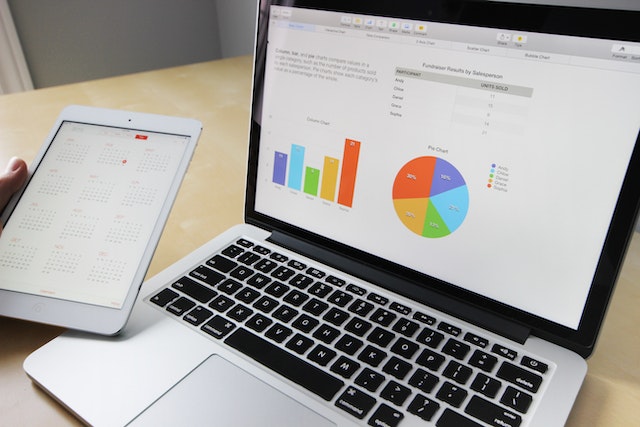Ad production, lead downloads, and keyword discovery all look like they’ll be easier with the new features.
LinkedIn’s B2B advertising platform now has access to four additional capabilities. Due to the fact that Google’s Search On 22 flooded us with 9 new shopping upgrades, it’s fantastic to see B2B getting some attention.
Okay, so let’s start from the beginning.
One, Changes Made While Not Online
Through Offline Conversions, you may import data from other systems that measure conversions and display it in LinkedIn. The Campaign Manager will support the import of CSV files manually uploaded by advertisers. Adverity, Hub Spot, LeadsBridge, LiveRamp, and Make are some of the new CRM partners supported.
Your aggregate reporting on conversions will now include offline data, giving you a more complete picture of the effect your marketing efforts have on bottom-of-the-funnel results.
Audience research
For no additional cost, Campaign Manager now includes audience insights. Marketers can use these to learn more about their target demographics, the issues that pique their consumers’ interest, and the ways in which those topics are being engaged with.
Matched and saved audiences can both access audience insights. Information such as users’ job titles, years of experience, seniority, location, firm name, industry, and more are pooled to form new insights. Finding untapped markets is another useful application of insights.
Third, the use of document advertisements
With Document Ads, you can offer whitepapers, case studies, and reports in the feeds of your members so that they can read and download them without leaving the site. If you opt to gate your files, you may also use a Lead Gen Form to gather contact information from potential customers.
A Collection of Media
By keeping all of your photographs and videos in one place, the new LinkedIn Media Library makes it much simpler to make advertisements. Now, marketers may make up to five ads at once by picking a video or image from the media library, with each ad functioning independently. There is a perception that this function facilitates a more streamlined, expedited, and team-based process for developing advertisements.




